What happens if a valuable museum exhibit is accidentally damaged or destroyed?
Imagine accidentally hitting a valuable exhibit during a museum tour, damaging or even destroying it. Panic, shock, and thoughts of the consequences—fines, liability, scandal—result. But how does the law apply in such cases, and who is responsible for the damage?
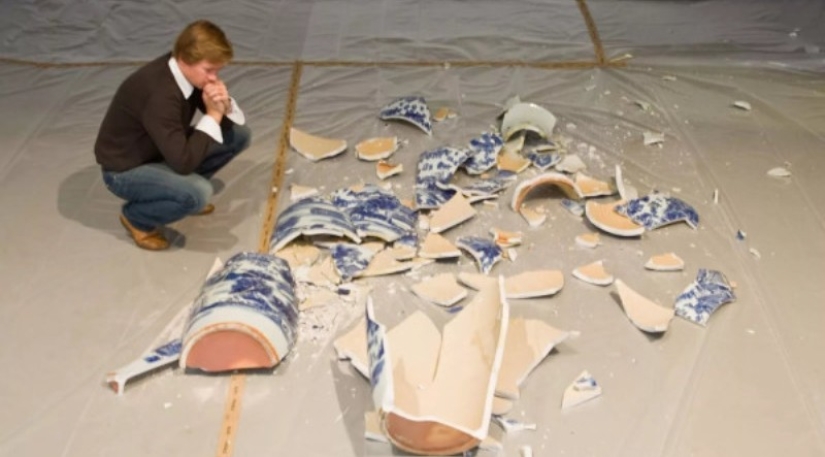
If you accidentally break or smash something in a supermarket, the management will demand compensation for the damage. This requirement is highly questionable from a legal standpoint, but the problem can be resolved one way or another. But what if you accidentally knock over a precious exhibit in a museum and it falls and breaks? In this case, the damage could amount to millions of dollars. What is the liability for this?
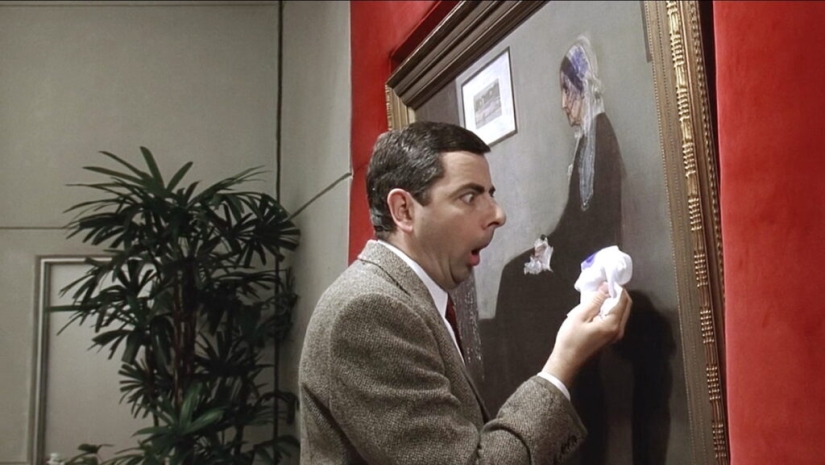
Let's start by noting that there's a huge difference between intentional and accidental damage to exhibits. The deliberate destruction of art or historical artifacts is called vandalism. In any country, this is a criminal offense punishable by lengthy prison sentences. As an example, consider the incident that occurred at the Tretyakov Gallery in Moscow in 2018.
A Voronezh resident, while in one of the gallery's halls, broke down a section of the fence and repeatedly struck Ilya Repin's painting "Ivan the Terrible and His Son Ivan." The damage was estimated at 30 million rubles. The court deemed this act not a "performance" but a crime and sentenced him to 2.5 years in prison in 2019.
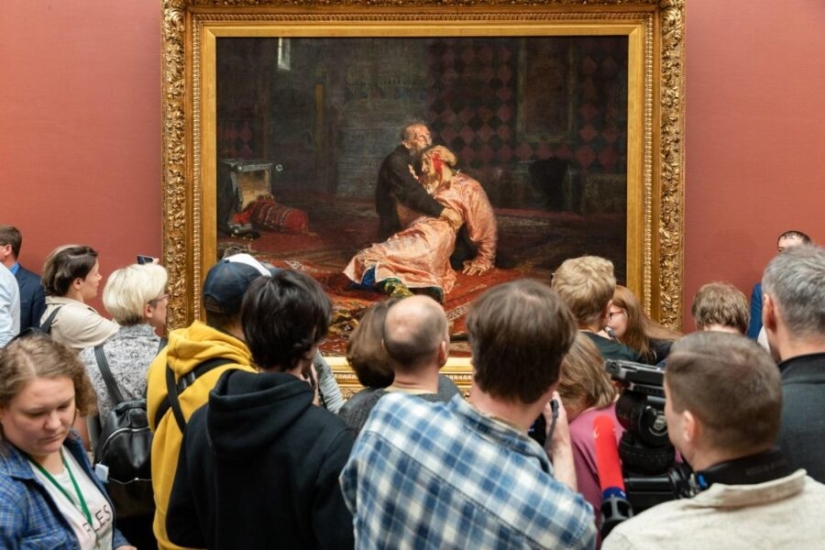
Incidentally, Repin's painting has been the target of attacks on numerous occasions. But no matter how you feel about these works, they carry cultural and historical value. Their destruction for personal or ideological reasons will always be considered a crime.
But let's consider cases where damage to priceless museum exhibits occurred without intent. In 2006, a visitor to the Fitzwilliam Museum in Cambridge made a mistake while on a tour. Realizing his mistake, he turned back, but tripped over his own untied shoelace. Losing his balance, he tumbled down and collided with a valuable 17th-century Chinese vase.

The vase toppled over and, like dominoes, pulled down two other similar vessels from the same era. All three pieces were irreparably destroyed, their combined value estimated at approximately £100,000 (9.3 million rubles). The man gave an explanation to museum staff and the police. The museum did not press charges, as the incident was unintentional.
The investigation found that museum staff were partly to blame for the incident. The staircase, not intended for visitors, should have been fenced off. The 42-year-old man was cleared of liability but was required to sign a written pledge never to visit the museum again.
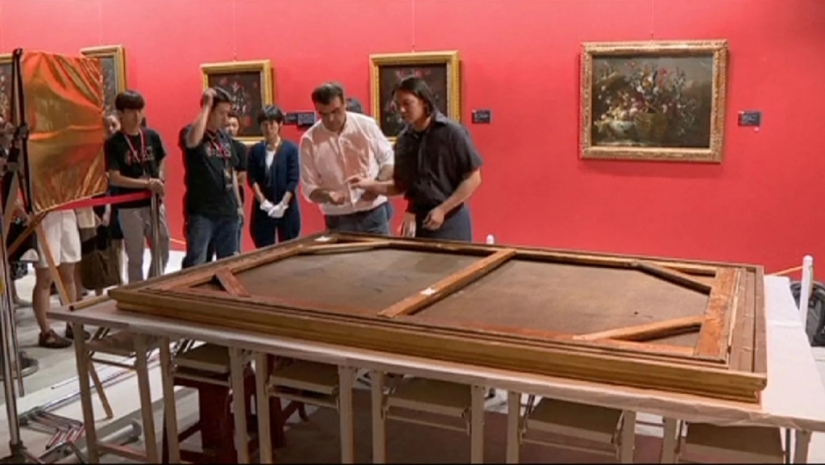
Such incidents often involve children. In 2015, a five-year-old boy accidentally dropped and broke a two-century-old jug in a London museum. Frightened, he and his parents quickly left the room. However, after investigating the incident, the museum decided not to press charges and invited the family to return to see the restored piece.
There are many such cases around the world. But who compensates museums for losses and pays for the costly restoration of exhibits? All valuable objects in museums are insured. Insurance covers the cost of restoration if damaged or the value of the exhibit if completely destroyed.
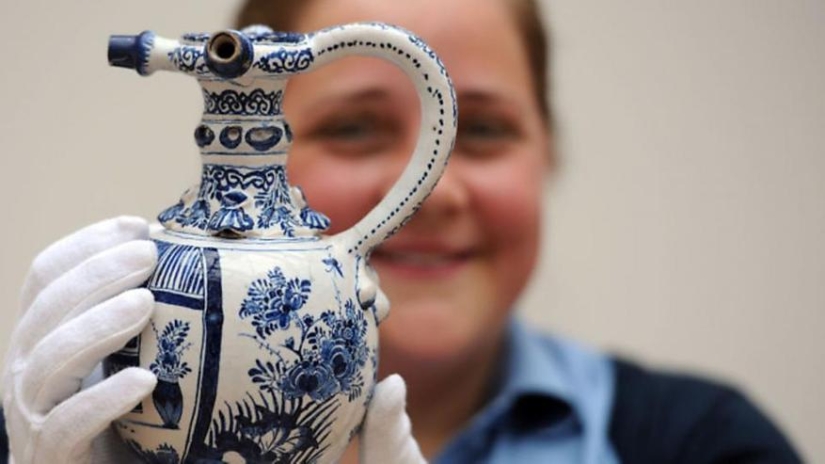
Therefore, if the investigation reveals that there was no malicious intent in the person's actions, everything ends well for them. Naturally, the culprit will have to explain how it happened and provide an explanation. This is necessary to determine whether the police and the insurance company find them at fault.
However, it's important to remember the differences in legislation and mentality in different countries. Even unintentional damage to works of art in North Korea can have serious consequences. Things can also end badly in Muslim countries if the artifact has religious value in addition to cultural significance. Therefore, tourists there need to be especially cautious. Have you encountered similar situations? Share your stories in the comments.
Recent articles

Manicured gardens, majestic historic buildings and picturesque mountain ranges — these pictures cover a piece of history of ...

Secretly enjoying the aromas floating at gas stations? We can console you — you are not alone. There are a lot of people in the ...

There are many amazing places in the world, but some of them are special, which you want not only to visit, but also to stay alive. ...